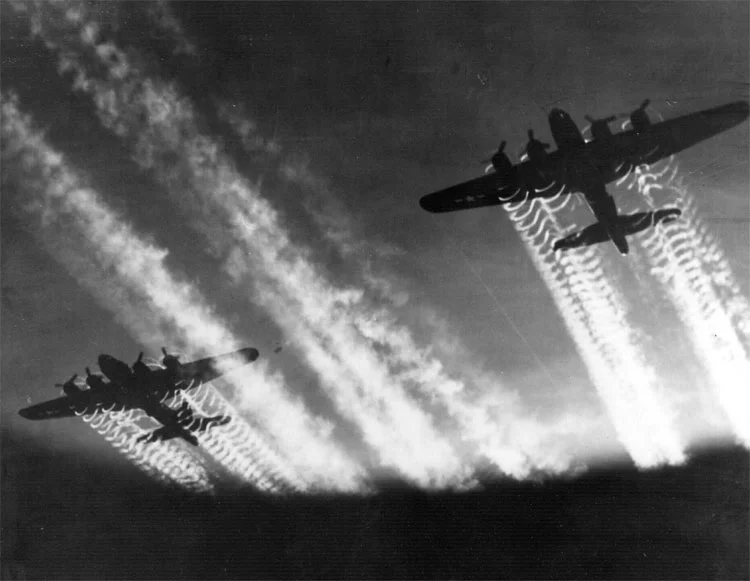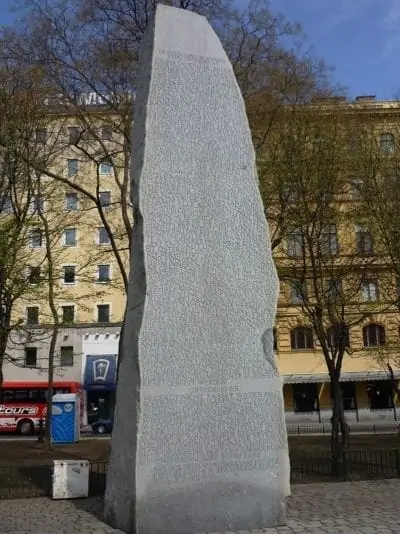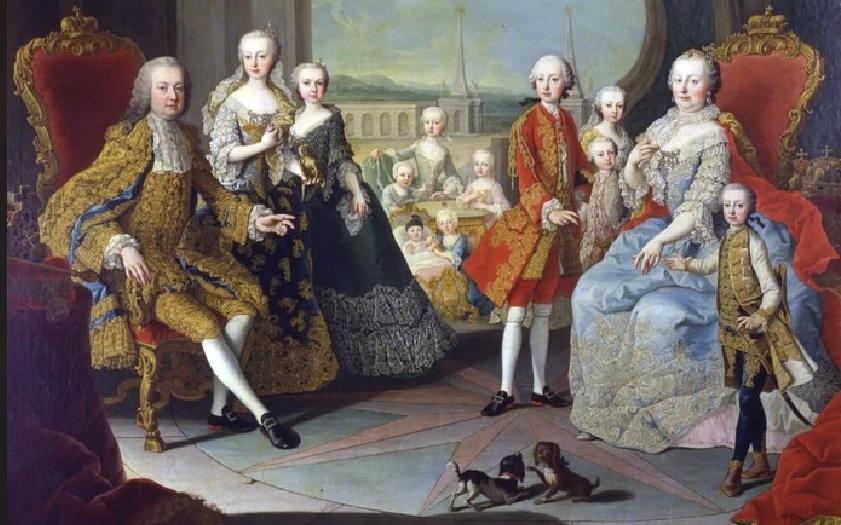What was the trigger for the Second World War? When did it begin and when and where did it end? What was the course of the war like? How did the Second World War affect Austria and Vienna? How badly was the city damaged?
An attempt at a brief summary could look like this:
World War II began with the surprise attack on Poland on September 1, 1939. Hitler, as leader of the German Reich, wanted to conquer Eastern Europe. After initial successes, the war came to a turning point in 1943/43. Great Britain, the USA and the Soviet Union joined forces to form a coalition. The German Wehrmacht was forced to surrender in 1945, and the 2nd World War began.
World War II officially ended on May 8, 1945.
Hitler’s lightning invasion of Poland on September 1, 1939 is considered the trigger for World War II. How did it come about? First of all, we have to go back a few years to 1933. When he was appointed German Chancellor in 1933, Adolf Hitler already expressed his intentions to “conquer the East”, which many did not want to admit. The situation became increasingly tense and the Nazi regime showed what it was capable of with the Pogrom Night of 1938.
Hitler’s statements about a war in Europe and the final annihilation of Jewry were hardly taken seriously. The untruthful claims about provocations and border violations by Poland were used as a pretext for the attack on Poland, which violated international law. People were fearful of what was about to happen; nobody wanted to experience another war so soon after the First World War. However, the initial successes of the National Socialists soon turned into war euphoria.
France and Great Britain then declared war on Germany on September 3, 1939. Initially, the German Wehrmacht was successful against France. They crossed Belgium, the Netherlands and Luxembourg. France had to capitulate and agree to the Compiege Armistice in June 1940. In the fall of 1940, the German Wehrmacht was defeated in
The British suffered their first defeat in the air battle over England. The British were superior in the air.
The next target was the Soviet Union. In June 1941, the German Wehrmacht launched “Operation Barbarossa”, meaning the invasion of the Soviet Union. After initial war successes, the siege of Leningrad and the attack on Moscow began The Battle of Stalingrad in 1942/43 was the turning point of the Second World War. As in the 1st World War
After World War II, they failed due to the unfavorable temperatures and soil conditions.
After the Japanese attack on Pearl Harbour on December 7, 1941, the USA also entered the war and it escalated into a war in the Pacific. The dropping of the atomic bombs over
the Japanese cities of Hiroshima and Nagasaki in August 1945 was part of a warfare that knew no bounds.
The USA, Great Britain and the Soviet Union formed an “anti-Hitler coalition”. Italy capitulated to the Allies in 1943 and withdrew as an ally of the German Reich. The Allied landing in Normandy in June 1944 marked another important step in the course of the war. The German Reich was now under pressure from all sides.
At the Yalta Conference in February 1945, Stalin, Roosevelt and Churchill met to discuss further steps and the political future of Germany. Hitler saw no way out and committed suicide in the Führerbunker in Berlin on April 30, 1945. The unconditional surrender of the German Wehrmacht took place on May 8, 1945.
What was it like in Vienna at that time?
Here, disaster seemed to take its course as early as March 1938. The Anschluss took place on March 12, 1938, when German troops marched into Austria and Austria was incorporated into the National Socialist German Reich.
When war broke out in 1939, food was rationed in Vienna. Ration coupons were issued for food and essential everyday products. This was the case until the end of the war in 1945. The first deportations of the Jewish population began in October 1939 and continued until the end of 1942.
From 1942 onwards, the armaments factories were relocated more to the Vienna area and Wiener Neustadt, as there was no air war here yet. This was to change later. From April 1944 to March 1945, 115 alarms were broadcast over the radio. The population recognized from the cuckoo calls that it was time to flee to the air raid shelters. Around 52 major attacks followed. Flak towers were built and are still silent witnesses to this dark time. For example: the flak tower in the Stiftskaserne provided shelter for around 15,000 people.
Vienna was bombed particularly badly on March 12, 1945. There was extensive damage in Vienna’s city center, e.g. to the State Opera, Albertina, St. Stephen’s Cathedral, Burgtheater, Kunsthistorisches Museum and the Danube Canal.
The battle for Vienna in the urban area lasted from April 6 – 13, 1945. Children and women were ordered to leave the city days before. Soviet troops conquered Vienna from the west. They reached the Gürtel, Ringstrasse and Danube Canal – the bridges on the canal were blown up. On April 13, the last German soldiers withdrew. Democratic administration was restored under Allied occupation. Theodor Körner became mayor of Vienna and formed the city government.
The Allied air raids claimed almost 9,000 lives in Vienna – around 21% of Vienna’s houses were destroyed. The infrastructure also suffered, as gas and water pipes and sewers were damaged. Vienna’s markets were also hit, e.g. the Karmelitermarkt and Floridsdorfer Markt burned down.
The war crimes committed during the Second World War were terrible. Over a million people were starved to death and prisoners of war were deported to labor camps. Many extermination camps were set up in Poland. The Holocaust was the worst crime of the 20th century. There were mass shootings and medical experiments. The number of victims of the Second World War ranges between 55 and 65 million people.
Time Travel Tip: Where can you see traces of the Second World War in Vienna? At Time Travel you can experience a simulated air raid in a bunker. Flak towers in the cityscape are also reminders of the Second World War, e.g. in the Augarten, in the Haus des Meeres or in Ahrenbergpark in the 3rd district. The House of History and the Museum of Military History are also a good place to visit.
More info:
hdgö – House of Austrian History (hdgoe.at) Home – Museum of Military History (hgm.at)
Image source:
https://commons.wikimedia.org/wiki/File:B-17_Flying_Fortress.jpg?uselang=de



